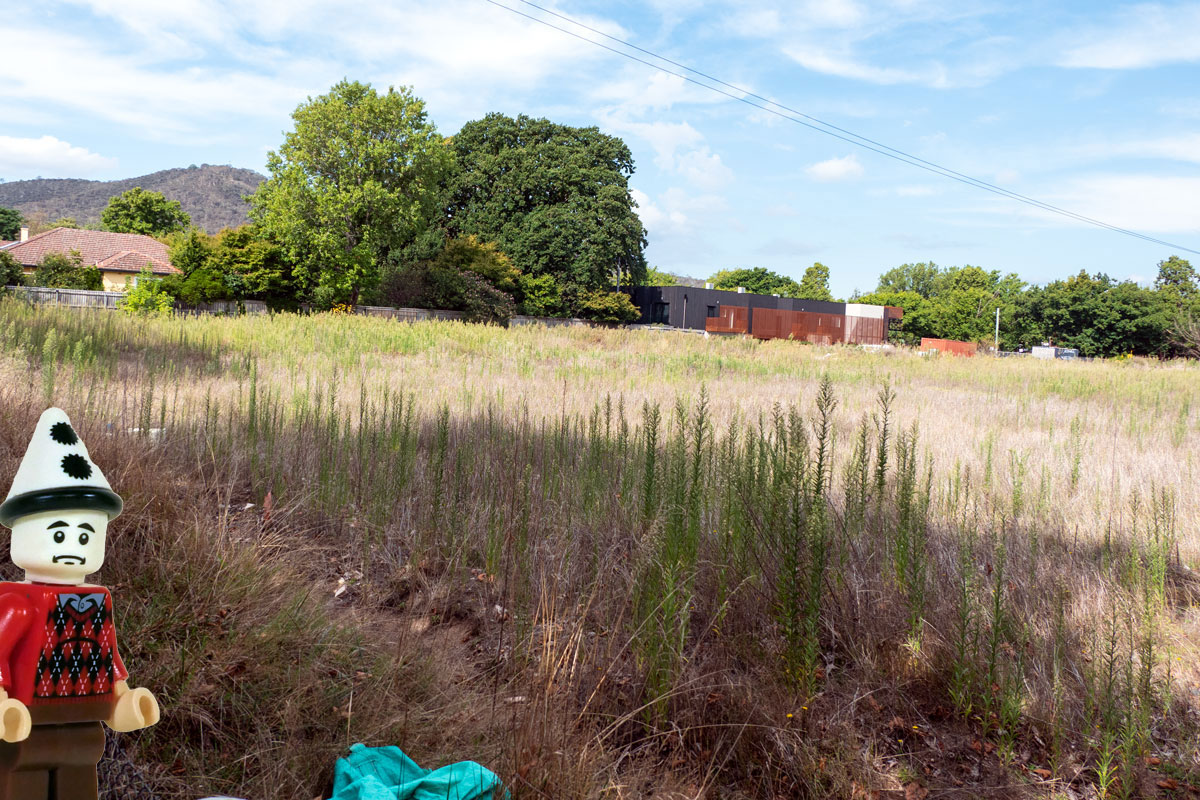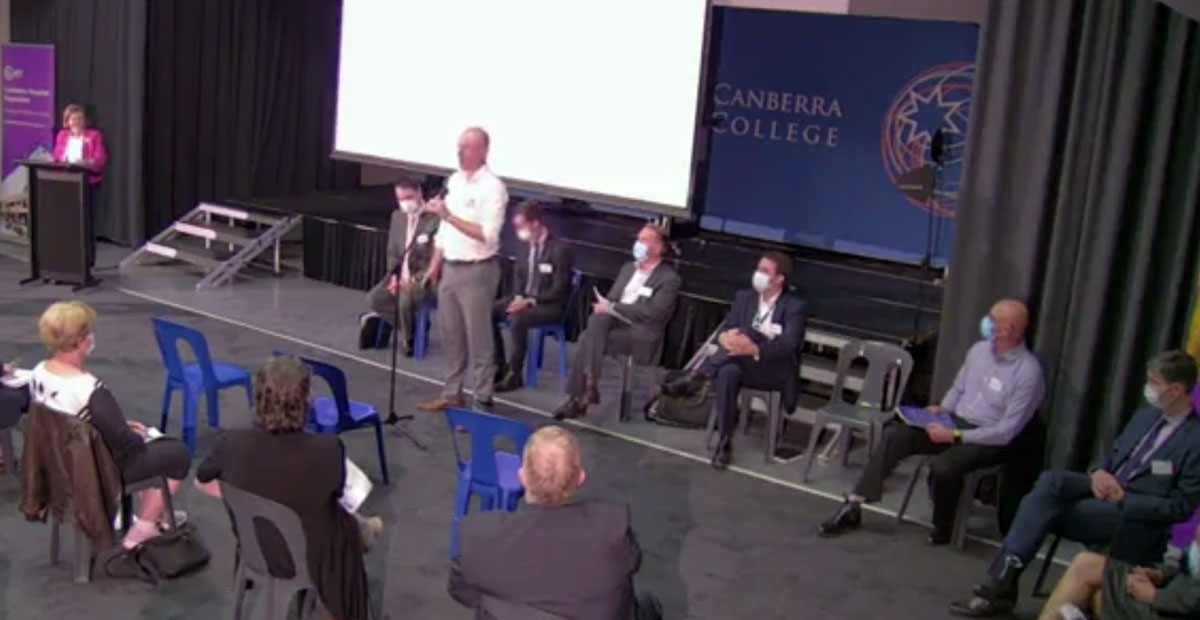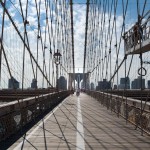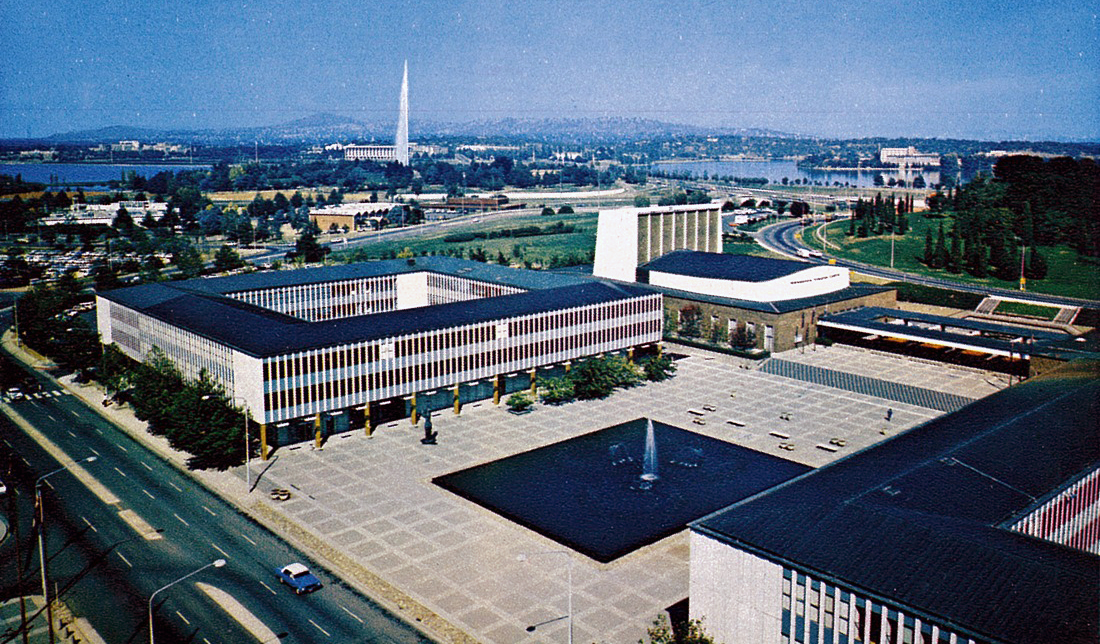
The Braddon Bowling Club story is one of many about how this government and its bureaucracy has corrupted its own governance – how they do stuff badly.
Continue reading Braddon Bowls as a Barometer for Bad Behaviour

The Braddon Bowling Club story is one of many about how this government and its bureaucracy has corrupted its own governance – how they do stuff badly.
Continue reading Braddon Bowls as a Barometer for Bad Behaviour

For almost half a decade, the Woden Valley Community Council (WVCC) has been careful not to oppose development. The WCCC has focused on the quality of the developments and to have the redevelopments include social and sporting facilities.
 Seven Myths About New Urbanism: Joel Kotkin, a fellow at Chapman University and an untiring defender of the suburbs, begins a recent column in the Washington Post with a valid question: “What is a city for?” He then proceeds to get that question completely wrong. But really, we should be thanking him. In his article, he neatly sums up many of the key myths emerging from the anti-urbanism set, making the job of debunking these myths a lot easier. Click here.
Seven Myths About New Urbanism: Joel Kotkin, a fellow at Chapman University and an untiring defender of the suburbs, begins a recent column in the Washington Post with a valid question: “What is a city for?” He then proceeds to get that question completely wrong. But really, we should be thanking him. In his article, he neatly sums up many of the key myths emerging from the anti-urbanism set, making the job of debunking these myths a lot easier. Click here.
Locally the planning authority is notorious for carry out all forms of planning with no real interest in the present residents and no interest in the urban character. It is left to the developers to define how the suburbs of Canberra will look in the future.
Dealing with contemporary planning agencies has become a very stressful task for any person with concerns for their immediate and future urban environments.
City main street networks show a drastic shift away from historic patterns of human-scale design
Have you ever wondered why some places seem built for automobiles as opposed to humans?
In a recent study, J. Alexander Maxwell and fellow researchers from the University of Strathclyde’s Urban Design Studies Unit find evidence that before the rise of the automobile, cities developed on a walkable “human” scale, with main streets that rarely exceeded 400 meters (a little more than 437 yards).
Along with Charles R. Wolfe, they argue that this uniformity reveals an underlying pattern to pedestrian city settings, which should be considered in contemporary urban design and policies.
a presentation put online by the UK Landscape Institute. Enjoy!
Many years ago there used to be lots of protest gatherings in Canberra. I am referring to both local and national protests. The local ones used to be regularly held in the place called Civic Square. The national ones were in front of the original Parliament House – now known as the Old Parliament House.
 above – the original Civic Square
above – the original Civic Square
Such protests are now a rare event. Times have changed even though the political situation is much worse now than then.
Their guest blogger reports:
By Devon Paige Willis
Devon is doing a Masters program called 4Cities, an Erasmus Mundus Masters that takes students from Brussels to Vienna, Copenhagen and Madrid to study cities. Gehl Architects met her when she was interning at the Montréal Urban Ecology Center in 2013.
When I retire I will write a book called, ‘you can’t make this sh*t up,” said Rina Cutler, deputy mayor for transportation and utilities, Philadelphia, at a National Complete Streets Coalition dinner in Washington, D.C. In a review of her experience serving seven mayors and governors, Cutler revealed the sometimes painful truths about pushing for positive change in urban transportation.
It is about the urban heat island effect
Cities and Urban Wildlife
Take any city and ask, has the government in place a long-term strategy to enhance the biodiversity through maintaining and increasing its green infrastructure? This requires not just consideration of the public realm but also ways to encourage citizens that this needs to happen in the backyard of every home.
In the past governments have often established arboretums to undertake research on trees and shrubs. It is now far more realistic to continue the aims of arboretums not by having these specialist sites, instead the approach needs to be to increase the range of trees and shrubs within the urban areas themselves.